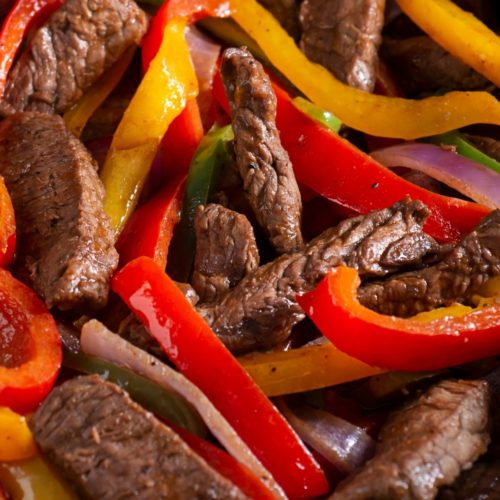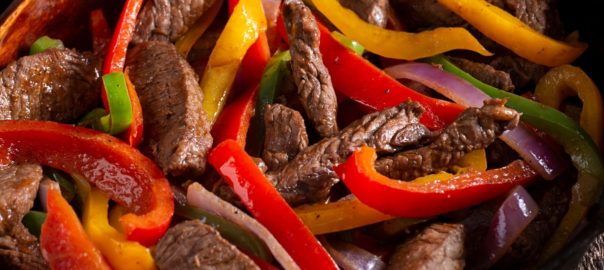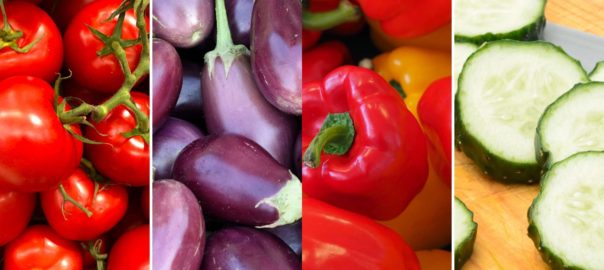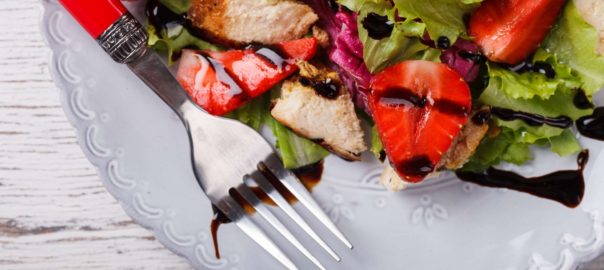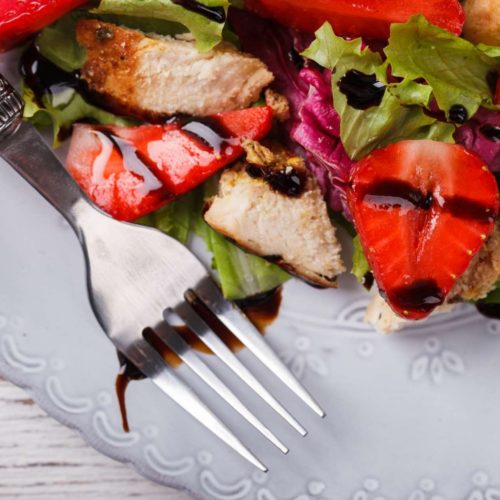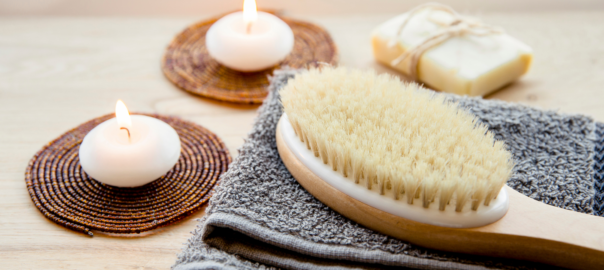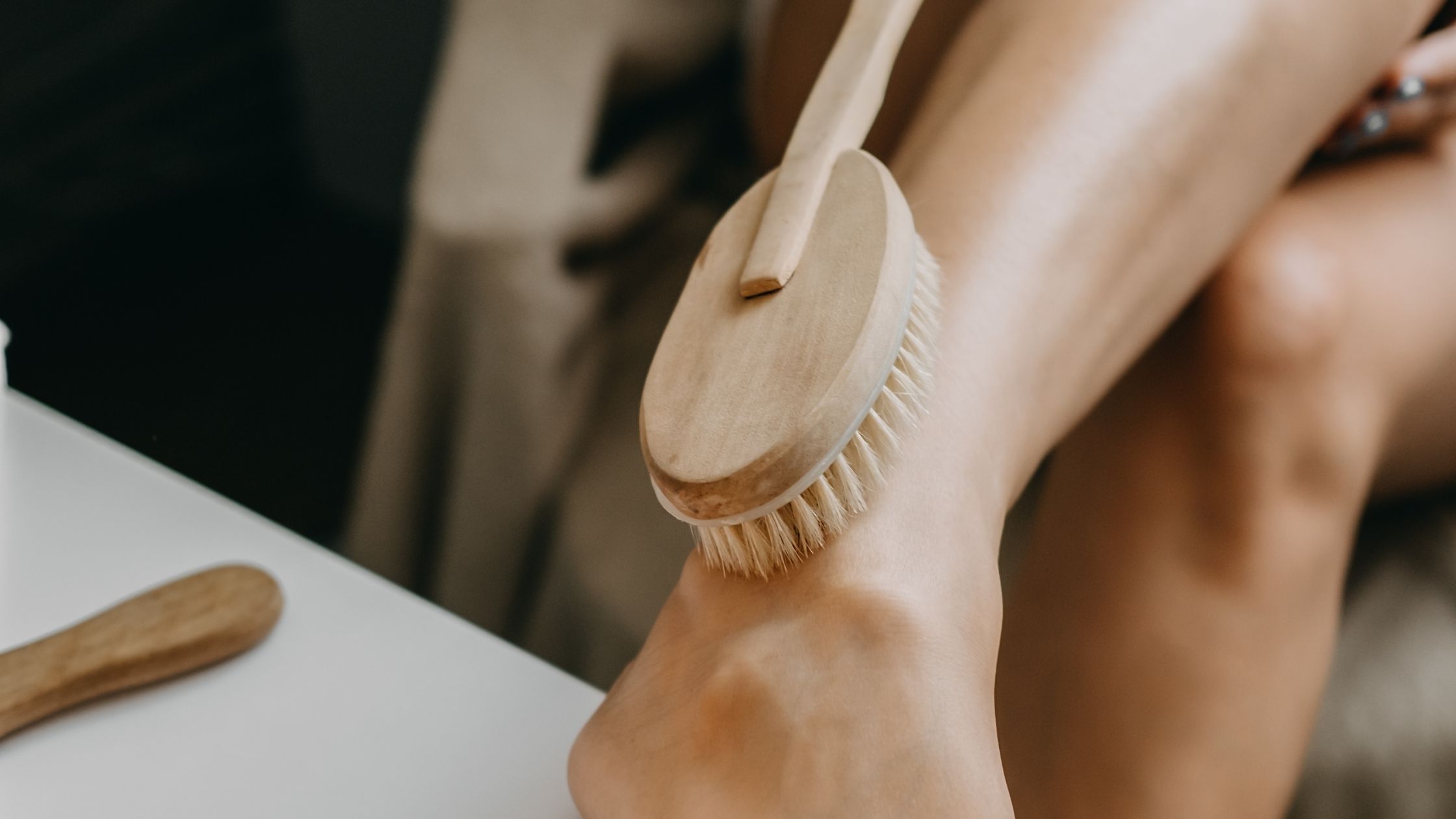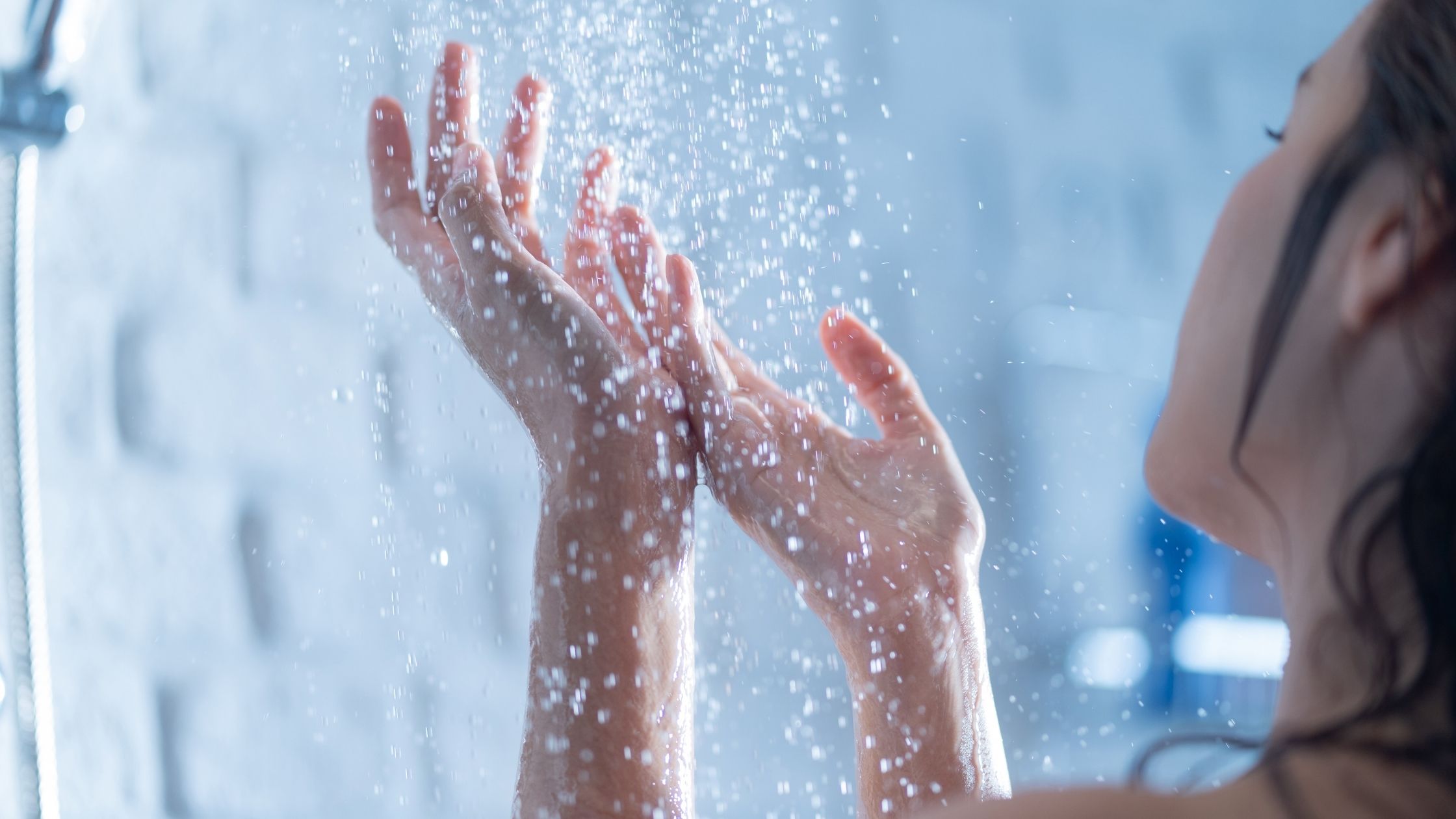The nightshade family of plants offers disease-fighting power that can boost maximum nutrition. They can be a rich source of vitamins, minerals, and fiber. Yet, alongside all their goodness, they can also be problematic for some.
What Are Nightshades?
The nightshade family of fruits and vegetables belong to the Solanaceae family which contains 1000s of plants. Most are actually poisonous, but there are some that are edible. These include tomatoes, goji berries, garden huckleberries, ground cherries, tomatillos, tamarillos, naranjillas, pepino, eggplants, peppers (bell, chili, and sweet), okra, and potatoes.
Foods that may be mistaken as nightshades include zucchini, sweet potatoes, yams, and black pepper; these are in different botanical families so may be safely consumed.
Why You Should Avoid Nightshades
1.The Solanaceae family of plants contain solanine which is a bitter-tasting alkaloid. It is part of the plant’s protection mechanism which helps keep it from being eaten by animals and humans. Solanine may significantly affect the body causing pain and inflammation.
2. Nightshades can also contain saponins. Saponins are another way a plant can protect itself. In the body it can bind with cholesterol causing a leaky gut or increased inflammation in the digestive tract having a direct aggravating effect on the immune system.
3. Other challenges that can be experienced if there is a sensitivity to the nightshades include acne, bloating, brain fog, diarrhea, fatigue, gas, heartburn, hives, joint pain or swelling, migraines, nausea, and gastrointestinal issues.
What To Do To Determine Nightshade Sensitivity
As you can see the nightshade family of fruits and vegetables can be both health promoting and health obstructing. So how do we know which one they are for us? It all depends on you has an individual and your current health status. The best way to know is to do an elimination diet.
Do an Elimination Diet
Avoid all nightshades for a period of 28 days. This allows your system to clear any effects from them. Nightshades not only include the above-mentioned items but spices such as cayenne pepper, crushed red pepper, chili powder, and paprika. Condiments such as ketchup and barbeque sauce and the supplement ashwagandha are also included. All of these will need to be eliminated for this 28-day period.
Once you have completed the elimination period of no nightshades, you will slowly bring in one nightshade item at a time. It is very important to use a food journal during this period and only introduce one item at a time. Write down your pain levels that may arise for one to two hours after a meal or any other symptoms that come up. Please note that a reaction can take as long as 72 hours to occur.
Use a Food Journal
By using your food journal, it will help chart your progress through the reintroduction period. You can slowly make your way through the nightshade family of foods.
You may find that some of the items you have no reaction to and others you do. By knowing if some of the nightshades do not produce a reaction, you can continue to consume these thus reaping the health benefits.
Others you may find produce pain or inflammation, and it would be best to avoid. You may also find that you are less sensitive to the nightshades if you cook them. Cooking can reduce the alkaloid content by 40 to 50%. If at any time you experience tingling in the mouth, rash or hives, itching, swelling of the face, tongue, or throat, difficult breathing or wheezing – stop eating right away.
If you have determined that some or all nightshades are a trigger for pain and/or inflammation, it could be a message that there is an underlying challenge that may be producing chronic low levels of inflammation such as a leaky gut. Removing the foods that cause issues and improving your digestive function can heal the gut, and eventually nightshades may be able to be consumed.
Final Thoughts
The nightshade family is a nutrient-dense family of foods that can be rich in vitamin C, iron, fiber, potassium, and antioxidants. Some may be sensitive to the alkaloids they contain so going through an elimination diet to determine if you are sensitive to one or more of the nightshades can be beneficial to your over all health.
